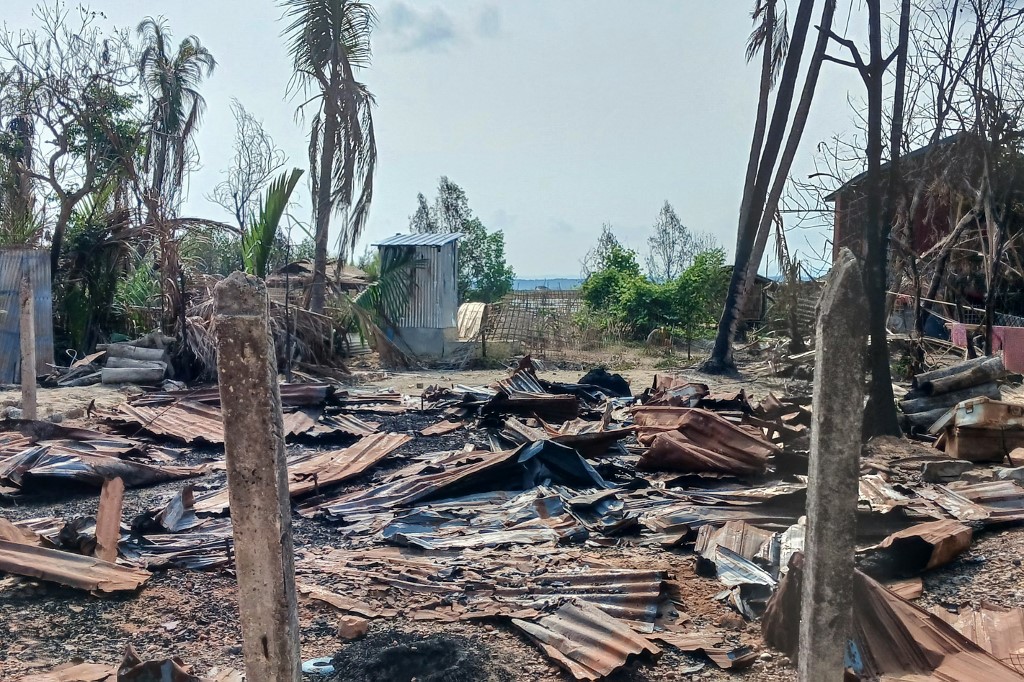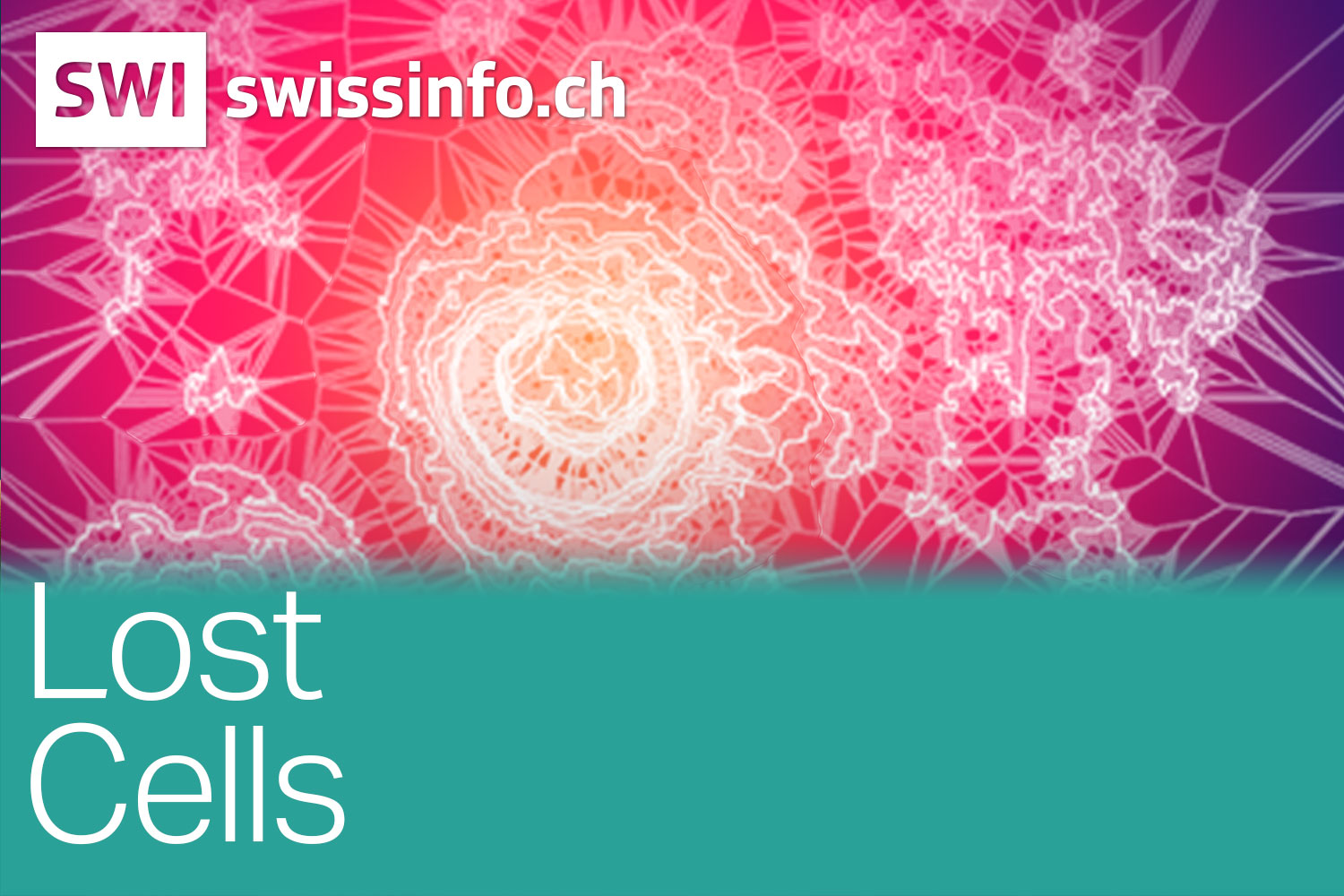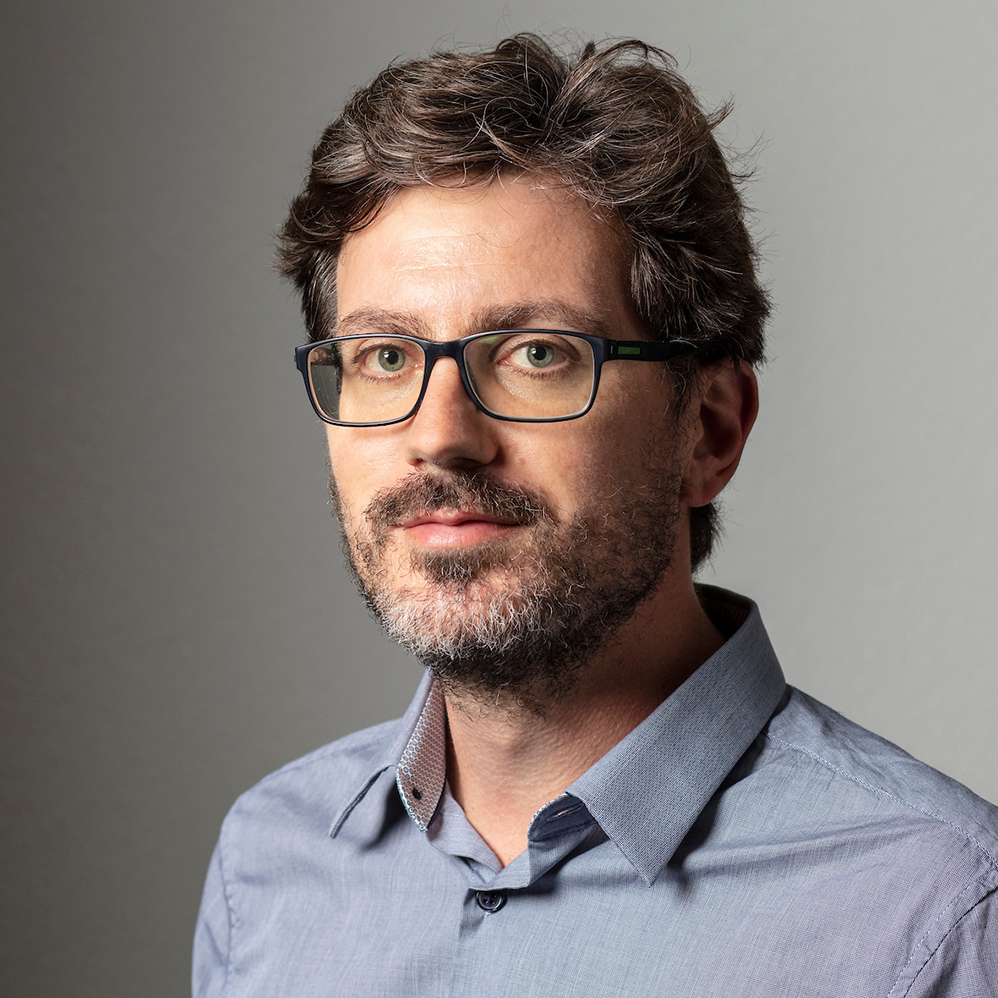
Treasures from Ancient Greece go on show

Basel’s Antikenmuseum is exhibiting unique Greek treasures whose discovery owes a lot to Swiss archaeologists.
Swiss archaeologists have been in Eretria since 1946, when the co-founder of the Antikenmuseum Basel und Sammlung Ludwig was first involved in the excavations at the Ancient Greek city on the island of Euboea..
The exhibition Cité sous terre (Underground city) presents stunning objects in a setting composed of real-size images allowing you, for instance, to walk on “real” Eretrian soil without dirtying your shoes or step on a fourth century BC mosaic with a clear conscience.
Eretria was an international centre where the Greeks developed their alphabet. It was recently shown to be the birthplace of the myth of Narcissus.
And archaeologists have established that Eretria was a centre linking East and West.
The city had commercial relations with towns all around it: objects of Aegean, oriental and Egyptian provenance were found in the city and testify to the central position of Eretria.
Written language
The first Greek inscriptions can be found on pottery and other artefacts from the ancient city, mentioned by Homer in the Iliad.
“In the ninth to eighth centuries BC, Eretria is more important than Athens,” Andrea Bignasca, vice-president of the museum in Basel, told swissinfo.ch.
The Eretrians had a trading post in Syria, where they came into contact with the Phoenicians, who had their own script already.
Around the eighth century, the Eretrians took this alphabet and, introducing vowels, adapted it to Greek, which, till then, had never been written.
A simple inscription on a jug exhibited in Basel and dated 735-700 BC, “I belong to Lebes”, carries the secret of the birth of the Greek alphabet: it is written right-to-left, just like Phoenician.
The change to a left-to-right writing system, as we know it today, was a long process.
Complicating life for the archaeologists, there is a whole period where the alphabet direction changes at every line and the letters themselves change direction with the words.
Phases of prosperity
“Although Eretria is not as well-known as Athens, Sparta or Delos, it had some periods of prosperity,” Karl Reber, the director of the Swiss school of archaeology in Greece, told swissinfo.ch.
Reber, who is also a professor at Lausanne University, says the town’s first phase of prosperity was in the eighth century BC, when Greek cities started to emerge.
Eretrians were among the first to build Greek colonies in Italy and Sicily. Although the town was under the influence of Athens, which controlled most cities in the fifth century BC, it freed itself from its control, and by the fourth century had become very important and rich.
Big public buildings such as a theatre, a gymnasium and big villas decorated with mosaics show just how prosperous the town was.
Even under Roman occupation, the town remained wealthy.
“We always thought that with the arrival of the Romans, Eretria was starting to decline, but this year we found what we believe to be Roman baths, which are always a sign of prosperity.”
The main temple was dedicated to Apollo and was first constructed in the eighth century BC.
The exhibition shows a model of the first temple (eighth century BC), which looks like a hut rather than a temple. It is thought to be the first Greek temple constructed within a town.
Decline and posterity
The town became less important around the fourth-fifth century AD.
“One of the possible causes of the decline, says Reber, is that at the East of the town swamps appeared and brought malaria epidemics.”
“People left the area because of the bad climate. It is only in the 1940s-50s that we started killing mosquitoes with DDT and other poisons.”
But destroying mosquitoes prompted Greeks from Athens to come to Eretria for their holidays, resulting in the construction of new buildings and the risk of damage to historical remains.
It was at this point in the 20th century that the Swiss experts’ help was required by local archaeologists. Their work has paid off and discoveries are still being made.
The town is also emerging from obscurity. A book by a Swiss archaeologist placing the origins of the myths of Narcissus in Eretria has just been published.
In “The homeland of Narcissus”, Neuchâtel University professor Denis Knoepfler retraces the origins of the young hunter who fell in love with himself and his place in the city, linking the ruins to the eternal myth.
The exhibition at the Antikenmuseum Basel und Sammlung Ludwig runs until January 30, 2011.
It presents the discoveries made in Eretria, Greece, during the past 46 years.
The exhibition is divided into three parts :
The “city of the living” contains all sorts of objects found in the villas including a sculpture and the gravestone of a gymnasium director found in the gymnasium itself.
The “city of the gods”, which contains, among other things, models of the Temple of Apollo.
The “city of the dead”, where the visitor can learn more about funeral rites, for example by entering a real-size reconstruction of a tomb.
Switzerland’s only permanent archaeological institution outside Switzerland.
Swiss archaeologists started to work in Eretria in April 1964, but the Greek Archaeological Council had already accepted the principle of Swiss participation in the excavation and study of the ruins of Eretria in 1962.
In 1975, after the end of the rule of the military junta (1967-1974), the Swiss Mission requested and received the title, habitual in Greece, of “School of Archaeology”.
The activities of the Swiss School of Archaeology in Greece in Eretria are multiple: they include the exploration of the city’s past by the excavation of its ruins, the study of the material discovered, the publication of research, the preservation of archaeological remains in the field and in the Museum, and their development and presentation to the public.
(source: Swiss school of Archaeology website)
During the first 18 years of its existence (1964-1982), the Swiss Archaeological Mission, subsequently known as the Swiss School of Archaeology in Greece, relied on the Swiss National Science Foundation (SNF) as the sole source of financial support for its activities.
Created in 1983, the “Foundation of the Swiss School of Archaeology in Greece” assumed responsibility for high-level administration and for seeking indispensable financial income from various donors: patrons, foundations, industries and companies, Swiss universities, and the Swiss Academy of Human and Social Sciences.
Lausanne University, which has served as the Foundation’s headquarters in Switzerland since 1982, plays a crucial role in its organisation.
(source: Swiss school of Archaeology website)

In compliance with the JTI standards
More: SWI swissinfo.ch certified by the Journalism Trust Initiative








































You can find an overview of ongoing debates with our journalists here . Please join us!
If you want to start a conversation about a topic raised in this article or want to report factual errors, email us at english@swissinfo.ch.